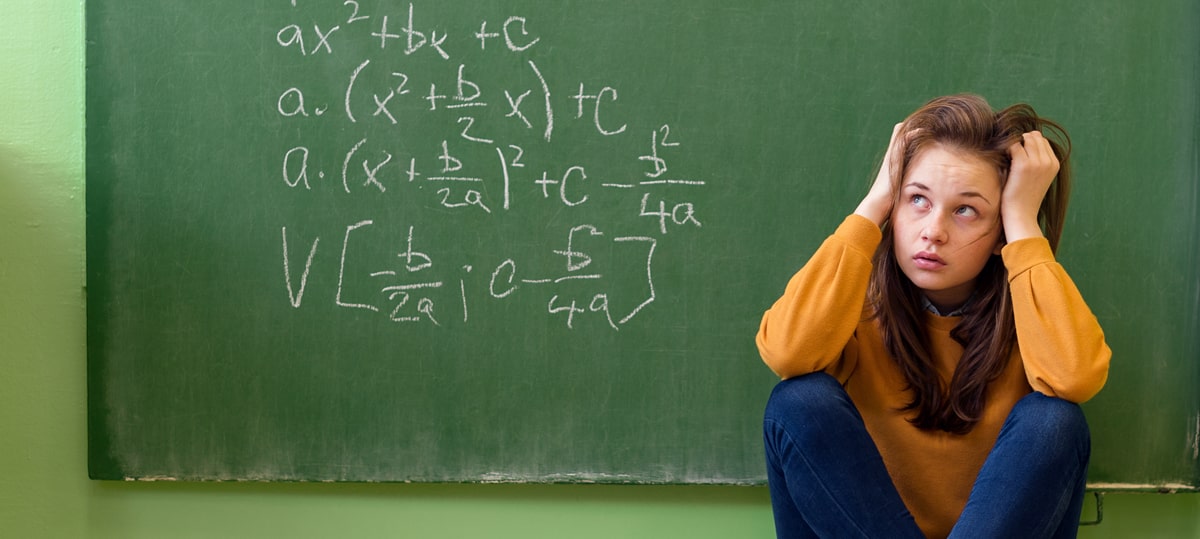There are three certainties in this world: Death, Taxes and Homework Assignments. No matter where you study, and no matter which level you are studying at, there will be, at some point in your academic career, homework assignments that need to be done. Easier said than done, am I right? (more…)
Blog
How to Finish Assignments When You Can’t
Crunch time is coming, deadlines need to be met, essays need to be submitted, and tests should be studied for. As a student who’s waiting for the end of crunch time, you’re looking for all the right ways to cut corners while being ultra efficient with your time and energy. But sometimes racing the clock you’ll come to a realization that this mountain of a task is insurmountable and it seems almost impossible to accomplish. But at this low point is exactly where you shouldn’t settle with an incomplete assignment or missing work. There are workarounds and “life hacks” that can help pull you out of this sticky situation. (more…)
How to Effectively Study for a Math Test
Numbers and figures are an essential part of our world, necessary for almost everything we do every day. As important as this subject is, it’s definitely not the easiest to study. Sometimes students are lucky and have a knack for numbers and math, whereas others struggle with calculations and formulas. You don’t really need to be good with numbers to pass a test, but you do need the right tools in order to prepare and study for your tests. But before you can dive right into studying the materials – you should make some notes about how to properly take a math test, without making stupid mistakes. (more…)
Why Am I A Bad Student?
The moment you’ve entered the education system is the moment you start to realize that, although studying is extremely important, the lessons you learn in the classroom go beyond academic materials. But while you are young and a student you start to have tunnel vision and everything seems so closed off to you, life becomes overwhelming and school takes a toll on your mental health. (more…)
How to Make Your Hours of Studying Productive
You may be familiar with the poignant phrase, “Work smarter, not harder.” Now, this could mean plenty of different things, but when you’re a student and you’re crunched for time – this only means one thing: BE PRODUCTIVE! One of the major roadblocks of university students is that they often find themselves wasting time. They carry their bad habits from high school into college, and never shake it off. College is a different beast altogether, and should be treated in such a way in order to not get blindsided by all of your homework and studying. (more…)
How to Optimize your Winter Break Studying Routine
It’s the most wonderful time of the year! There’ll be much hollying and jollying, but there will also be plenty of stressing out about the upcoming semester as well. Final exams have mostly been completed, essays and projects have met their deadlines, so students on their winter holiday should be focused on relaxing and chilling with their friends and family during the holiday season. But there is also plenty of work and studying to be done before the next semester begins, and this is a complete drag. No worries though, there are a number of things to optimize your couch potato schedule and your busy bee schedule to make it all work together. (more…)
How to Improve Research and Analytical Skills
 Have you ever wondered why the sky or the ocean is blue? Maybe ponder the science of physics by dropping things? Curiosity is something ingrained into the human brain – begging to grasp the concepts that we experience at a young age and even into adulthood and old age. The way we come to conclusions though, vary from person to person, as we all experience things differently. Knowing things and understanding things are two totally independent skills that develop and grow as you learn about pretty much anything, and school has taught us to hone those skills with doing research projects and book reports and other sorts of assessments. (more…)
Have you ever wondered why the sky or the ocean is blue? Maybe ponder the science of physics by dropping things? Curiosity is something ingrained into the human brain – begging to grasp the concepts that we experience at a young age and even into adulthood and old age. The way we come to conclusions though, vary from person to person, as we all experience things differently. Knowing things and understanding things are two totally independent skills that develop and grow as you learn about pretty much anything, and school has taught us to hone those skills with doing research projects and book reports and other sorts of assessments. (more…)










